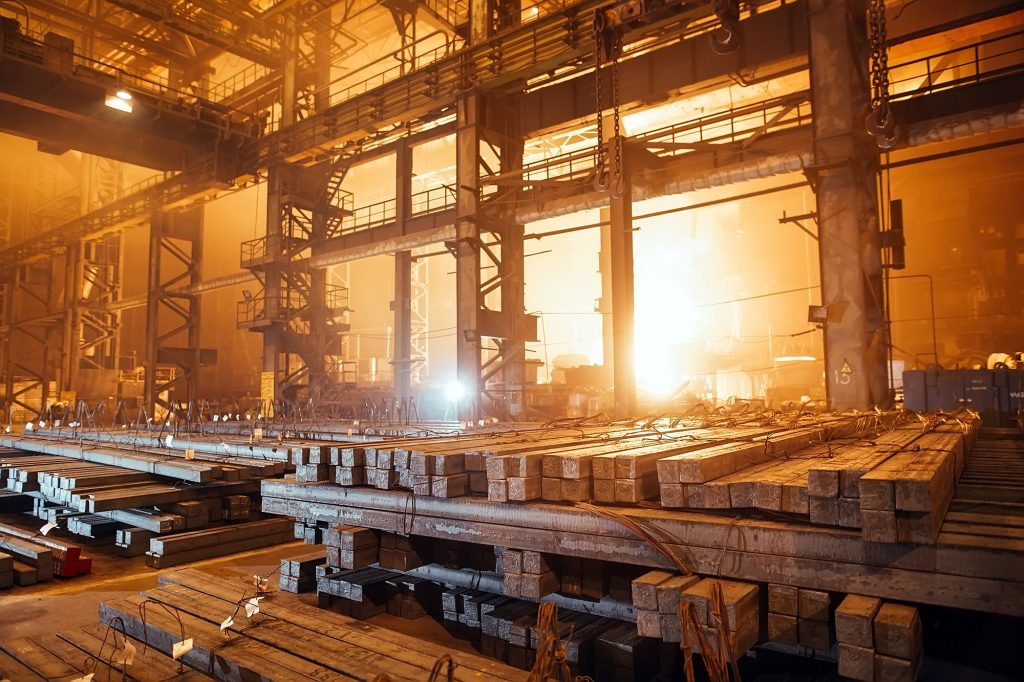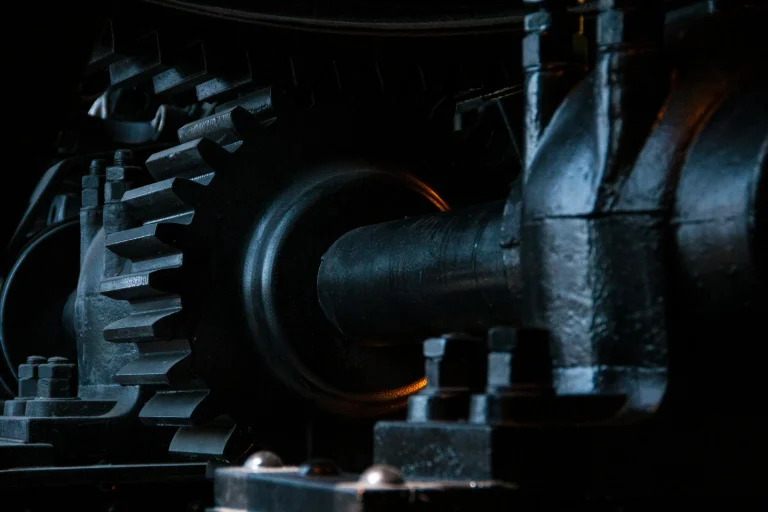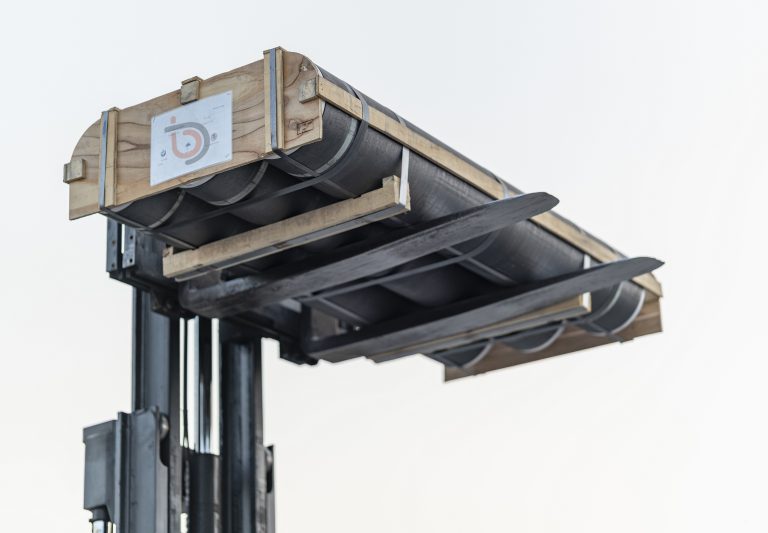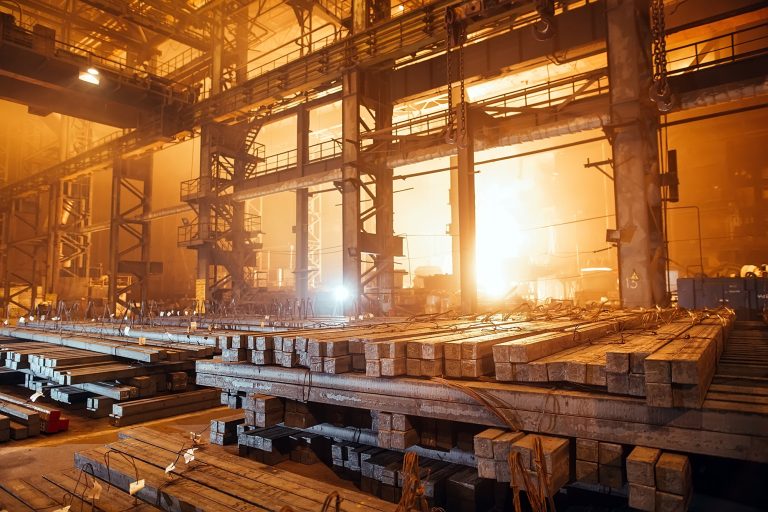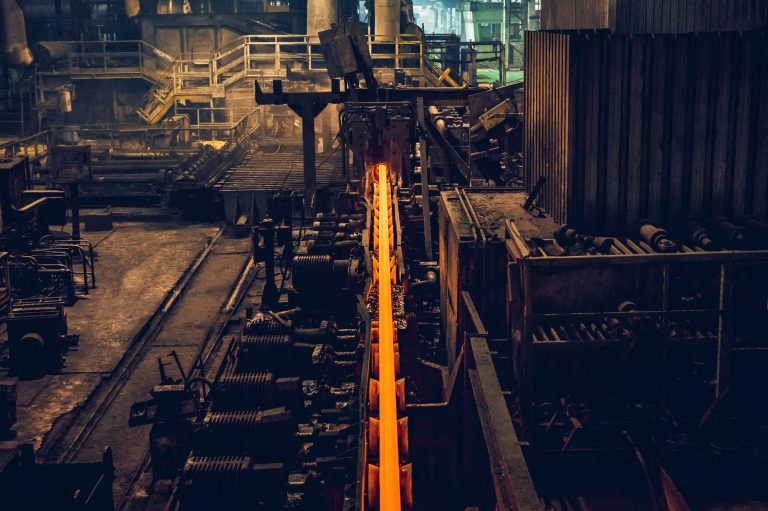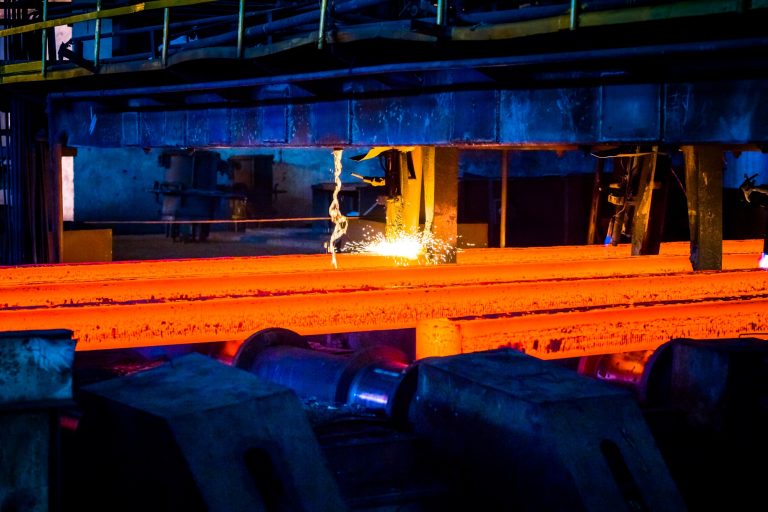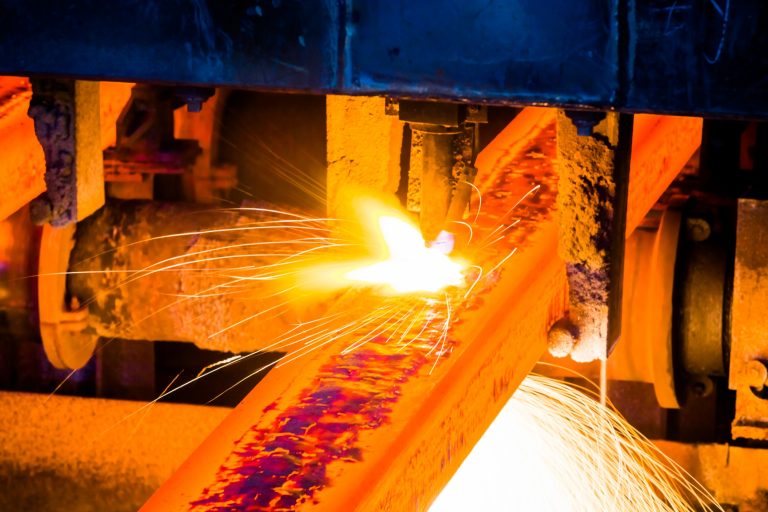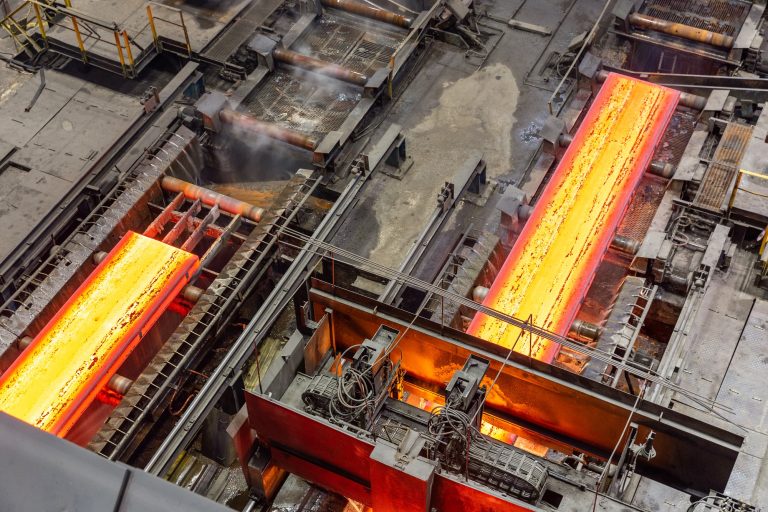Comparison of the cost and performance of different grades of graphite electrodes
Here are some possible points that could be covered in a comparison of the cost and performance of different grades of graphite electrodes:
Graphite electrodes are typically made using petroleum coke, needle coke, or a blend of the two. Needle coke is a higher-quality material that is more expensive, so electrodes made with higher proportions of needle coke will generally be more expensive than those made with more petroleum coke.
The cost of graphite electrodes can also vary based on the size and shape of the electrodes. Larger electrodes will generally be more expensive than smaller ones, and more complex shapes (such as those required for specific applications) may also be more expensive.
The performance of graphite electrodes can be evaluated based on several factors, including their electrical conductivity, thermal conductivity, density, and resistance to oxidation. These properties can affect how well the electrodes perform in different applications, as well as how long they last before needing to be replaced.
In general, higher-quality graphite electrodes with better performance characteristics will be more expensive than lower-quality electrodes. However, the increased cost may be worth it if the electrodes result in increased productivity, reduced downtime, or other cost savings for the steel mill or foundry.
When comparing the cost and performance of different grades of graphite electrodes, it’s important to consider the specific needs of the steel mill or foundry. For example, if the mill is using an electric arc furnace, it may be more cost-effective to use a higher-quality electrode that lasts longer and requires less frequent replacement. On the other hand, if the mill is using a ladle furnace, a lower-quality electrode may be sufficient and more cost-effective.
Finally, it’s worth noting that the cost and availability of graphite electrodes can be influenced by factors such as supply and demand, geopolitical events, and trade policies. This can make it difficult to accurately predict the cost of electrodes over time, and may require steel mills and foundries to be flexible in their electrode sourcing strategies.
